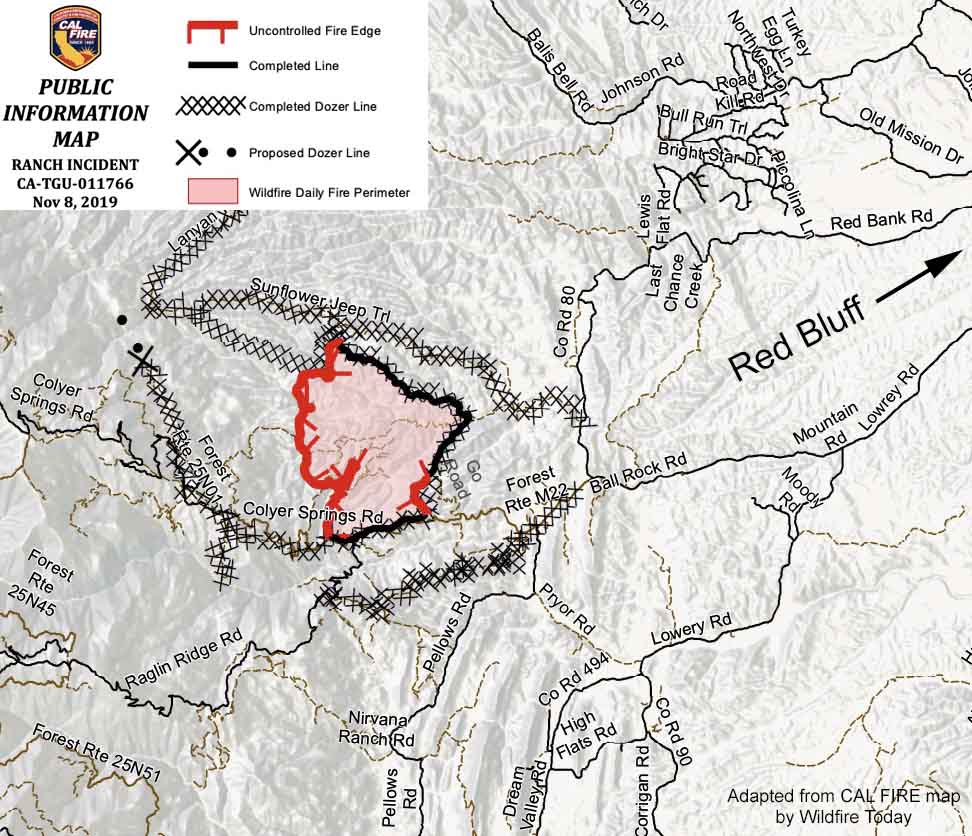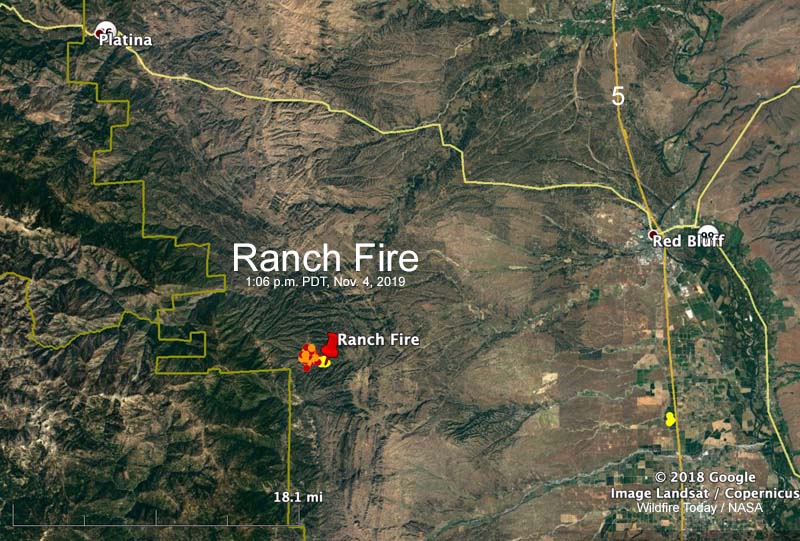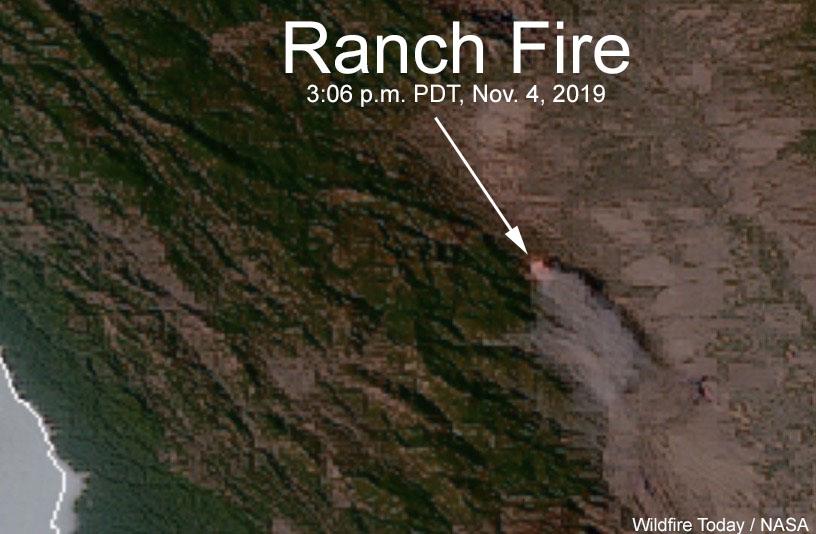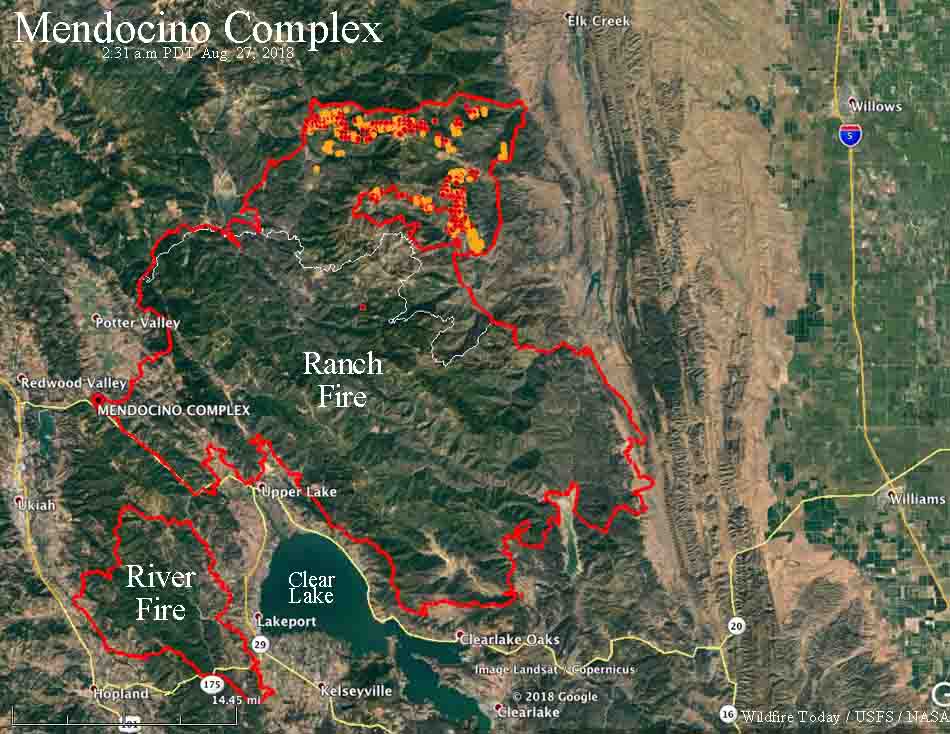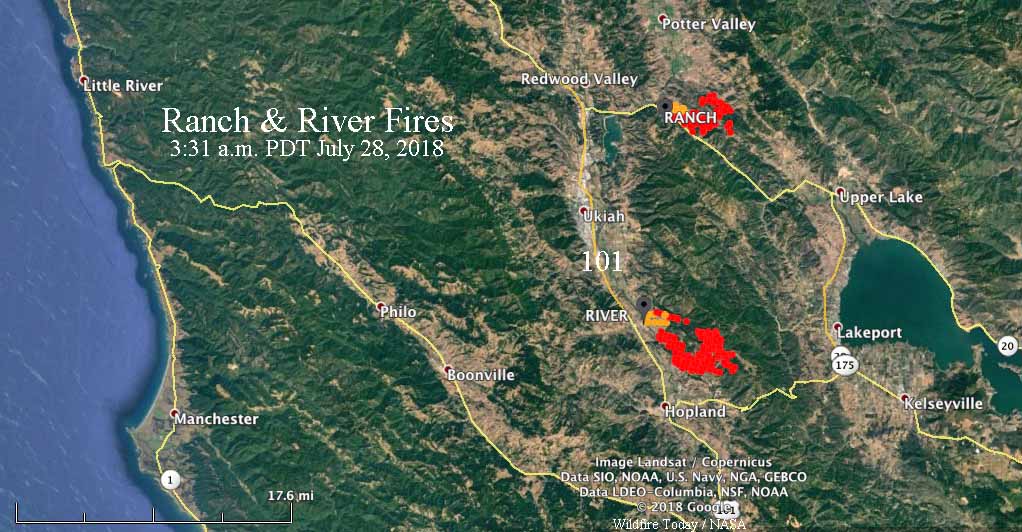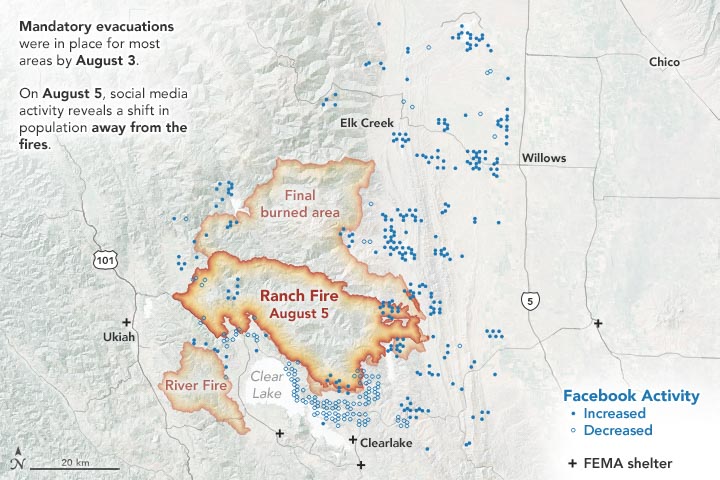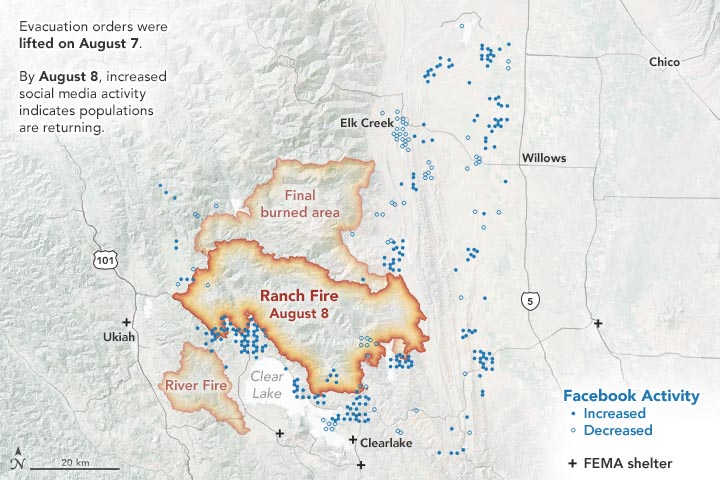A former university professor who taught criminal justice (you can’t make this stuff up) has pleaded guilty to setting fires behind firefighters on the 2021 Dixie Fire in northern California, which was at the time the second-largest fire in state history.
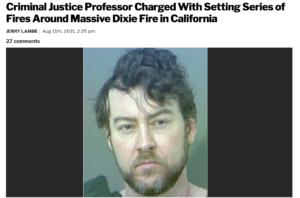
Gary Maynard, 49, of San Jose was in federal court this week on three counts of arson on federal property, according to the U.S. Attorney’s Office in Sacramento. The fires that Maynard started effectively surrounded the firefighters, according to the U.S. Attorney’s Office. The Mercury News reported that the Dixie Fire burned through five counties over 963,300 acres, destroying 1,311 structures and killing one person, according to Cal Fire.
Also, Marcus Pacheco, an assistant fire engine operator for the Lassen National Forest, died of Covid while working the fire, as did two water tender operators, Jose T. Calderon and Cessar Saenz, both of San Diego County.
Maynard faces up to 20 years in a prison and a $250,000 fine for each of the three counts of arson on federal property, the U.S. Justice Department said in a press release following his plea on Thursday; sentencing is set for May. He was charged with setting four fires — Cascade, Everitt, Ranch, and Conard — and under the plea agreement he admitted to three of the four counts.
The Dixie Fire itself was ignited when Pacific Gas & Electric powerlines came in contact with a nearby pine tree, according to Cal Fire. PG&E paid $45 million to settle the lawsuit.
At Santa Clara University and Sonoma State University, Maynard lectured in criminal justice, cults and — seriously — deviant behavior.

USFS agents started their investigation of him and his activities back in July of 2021 after the Cascade Fire was reported on the slopes of Mt. Shasta; an investigator found Maynard underneath his black Kia Soul, which was stuck in a ditch with its undercarriage high-centered. A second fire took off on Mt. Shasta the next day, and investigators found tire tracks similar to those of the Kia. They set a tracking device under Maynard’s Kia in August, which recorded his travel to the area where the Ranch and Conard fires started on the Lassen National Forest.
As part of his plea, Maynard also agreed Thursday to pay up to $500,000 in restitution to the federal government.
~ Thanks and a tip of the hardhat to Jim.

